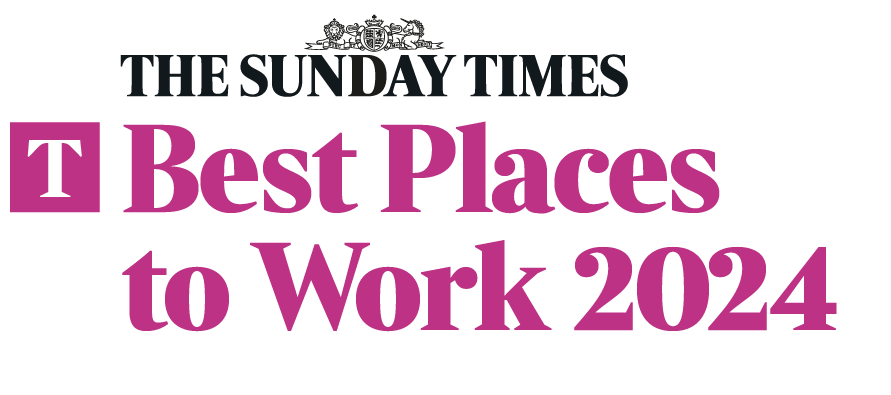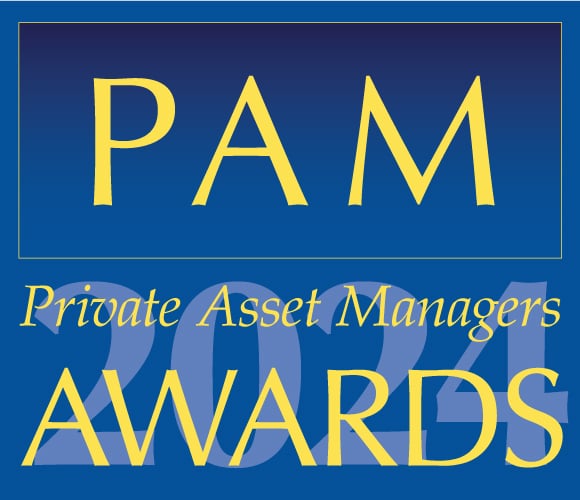Back to earth with a bump
In last month’s summary we noted in our outlook comments that “solid year to date returns will probably be tested again”. That test came very quickly in the early part of August, when risk assets moved sharply downwards after the latest escalation in US-China trade tensions. Also contributing to this bout of volatility was a lingering sense of disappointment in the bond market that the Federal Reserve was not as aggressive in its guidance for future interest rate cuts as some investors had hoped. Once again, this familiar combination of events proved to be toxic to investment sentiment and prompted a broad- based flight into safe haven assets at the expense of more risky ones.
Although the key drivers for August market movements emanated from the USA and China, other geopolitical risks also had their impact. Everything from Brexit to Hong Kong riots acted to erode investor confidence, especially as global economic news provided no compelling offset to the negative tone.
Market movements underline the current high degree of uncertainty
Amidst the many sharp price movements, one had real significance, namely the decision by the Chinese authorities to allow their currency to weaken beyond the CNY 7 to the dollar ceiling that had been in place for many years. The deliberate breaching of this hugely symbolic level signaled two worrying possibilities – the first being that China was now allowing a ‘trade war’ to spill over into a ‘currency war’ and secondly, that it might also be signaling that the Chinese economy is weaker than previously thought.
“We remain strategically more optimistic than pessimistic, encouraged by a still reasonable range of opportunities.”
Allied to this event was another very large rally in safe haven assets such as gold and government bonds. Bond yields are broadly back towards their all-time lows across the globe, putting investors in something of a dilemma as the ‘risk free’ returns on offer are paltry at best and more usually, zero or negative. By discounting interest rates lower than current official levels, bond markets are effectively strong-arming central banks into further bouts of aggressive stimulus. Whether this is delivered to the extent expected will be a key factor in determining market direction into year end.
Admittedly, the thin summer markets of late summer are usually choc-a-bloc with gossip and skittishness and last month the mood music undoubtedly became more pessimistic. There are some solid offsets to all this – a strong consumer, low unemployment and the lagged positive effect of cheaper oil and lower interest rates, all act as a counterbalance to the serious issues described above. We don’t see a particularly strong tactical call one way or the other at the moment and remain strategically more optimistic than pessimistic, encouraged by a still reasonable range of opportunities.
Do you need help managing your investments?
Our team can recommend an investment strategy to meet your financial objectives and give you peace of mind that your investments are in good hands. Get in touch to discuss how we can help you.

Portfolio performance
August was overall a solid month for portfolios against a very volatile investment backdrop. Returns were in the range +1% for the more cautious mandates and -0.5% for the more adventurous. This was in the context of -3% to -5% falls for the major stock markets.
“August was overall a solid month for portfolios against a very volatile investment backdrop.”
Unsurprisingly there was a broad-based positive contribution from those positions with exposures to gold (+7% on the month) and government bonds or their close proxies. It was also noticeable that certain investment strategies, such as interest rate and long/short equity trading, performed very well. Polar UK Absolute Equity being a good example of a broadly UK fund that returned +7% against a market down -5% and a complex local political environment. The weaker contributions came from more directionally dependent equity managers, especially those who operate further down the market capitalization scale, where liquidity tends to be sparse and price movements large – although it must also be said that most of the damage happened in the early part of the month, with performance recovering into month end.
| Equities | Negative | Neutral | Positive |
|---|---|---|---|
| UK Equities | • | ||
| European Equities | • | ||
| US Equities | • | ||
| Japanese Equities | • | ||
| Asian/EM Equities | • | ||
| Equity Market Neutral | • | ||
| Equity Hedged Strategies | • | ||
| Private Equity | • |
| Fixed Income | Negative | Neutral | Positive |
|---|---|---|---|
| Gilts | • | ||
| Investment Grade Bonds | • | ||
| High Yield Bonds | • | ||
| Fixed Income Strategy | • |
| Other Alternatives | Negative | Neutral | Positive |
|---|---|---|---|
| Global Macro Trading | • | ||
| Commodities | • | ||
| Real Estate | • |
Saltus Investment Managers, September 2019
Do you need help managing your investments?
Our team can recommend an investment strategy to meet your financial objectives and give you peace of mind that your investments are in good hands. Get in touch to discuss how we can help you.

Article sources
Editorial policy
All authors have considerable industry expertise and specific knowledge on any given topic. All pieces are reviewed by an additional qualified financial specialist to ensure objectivity and accuracy to the best of our ability. All reviewer’s qualifications are from leading industry bodies. Where possible we use primary sources to support our work. These can include white papers, government sources and data, original reports and interviews or articles from other industry experts. We also reference research from other reputable financial planning and investment management firms where appropriate.
The views expressed in this article are those of the Saltus Asset Management team. These typically relate to the core Saltus portfolios. We aim to implement our views across all Saltus strategies, but we must work within each portfolio’s specific objectives and restrictions. This means our views can be implemented more comprehensively in some mandates than others. If your funds are not within a Saltus portfolio and you would like more information, please get in touch with your adviser. Saltus Asset Management is a trading name of Saltus Partners LLP which is authorised and regulated by the Financial Conduct Authority. Information is correct to the best of our understanding as at the date of publication. Nothing within this content is intended as, or can be relied upon, as financial advice. Capital is at risk. You may get back less than you invested. Tax rules may change and the value of tax reliefs depends on your individual circumstances.
Related blog posts
About Saltus?
Find out more about our award-winning wealth management services…
Winner
Top 100 Fund Selectors 2024
Winner
Best Places to Work 2024
Winner
Best Financial Advisers to Work For
Finalist
Investment Performance
£7.5bn+
assets under advice
20
years working with clients
300+
employees
97%
client retention rate






